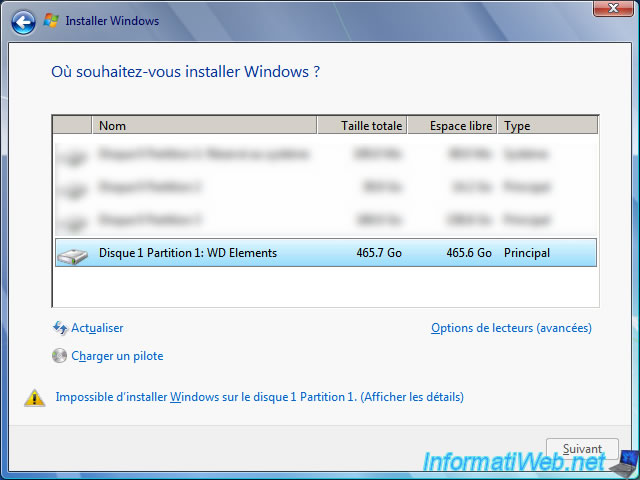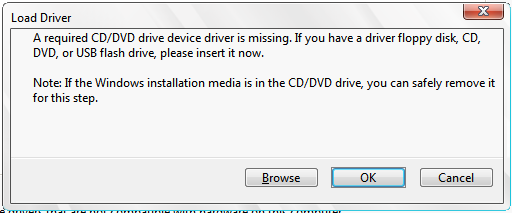

Click on Start, type cmd in the search area, then press Ctrl + Shift + Enter. On the Windows 7 computer, plug the thumbdrive into a USB port, then start the command prompt with administrator rights. Getting Windows installation on the thumbdrive.ġ. Also, the actual work is a lot shorter and less intimidating than the look of this article.Ī. Then you would need to use UEFISeven to patch the boot files (and make sure you slipstream all chipset/graphics drivers).Note: make sure you back up the contents of the thumbdrive as they will be completely erased during this process. I believe that you can replace the install.wim of the Windows 10 install USB with Windows 7 install.wim and installer will install Windows 7 properly (but again this is in theory only). I have slipstreamed both the official Intel/AMD USB XHCI drivers and generic USB XHCI drivers before. But I haven't tried bootable external Windows 7 USB HDD with a UEFI Class 3 laptop (only tried an older desktop and laptop that still had XHCI - both were 4th gen/8 series chipset/Haswell).


Personally I have used WinNTSetup to set up Windows 7 on external HDD in the past. I have tried and failed to get Windows 7 installed on a local partition on Microsoft Surface Pro 6, Microsoft Surface Laptop 2 and Lenovo ThinkPad E14 Gen 2 (20T7) as they were all UEFI Class 3 despite having UEFISeven patch due to lack of functioning graphics driver for Windows 7 (that is signed and could be installed automatically by OOBE). Then you would need to use UEFISeven to patch the boot files (and make sure you slipstream all chipset/graphics drivers). Click to expand.Personally I have used WinNTSetup to set up Windows 7 on external HDD in the past.


 0 kommentar(er)
0 kommentar(er)
